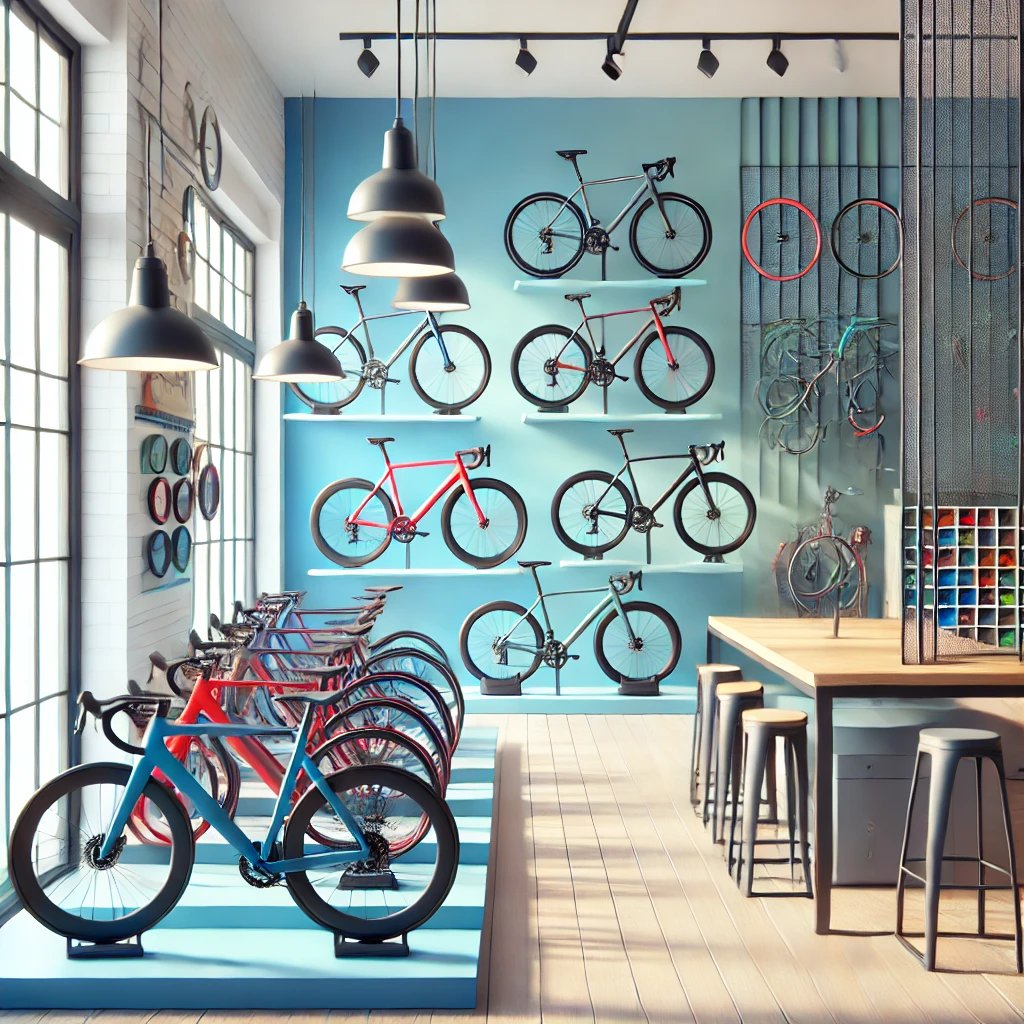
Touring bikes are specifically designed for long-distance cycling, offering a unique blend of comfort, durability, and functionality. These bicycles are built to handle the rigors of extended journeys, making them the ideal choice for cyclists who crave adventure and exploration. In this article, we will delve into the key features that set touring bikes apart from other types of bicycles and explore the various components that contribute to their performance and reliability.
Key Features of Touring Bikes
Touring bikes are engineered with several distinctive features that make them suitable for long-distance travel. These features are carefully selected to ensure that the bike can withstand the demands of extended rides while providing a comfortable and efficient experience for the rider.
Frame Design
The frame of a touring bike is typically constructed from materials such as steel or aluminum, which offer a balance of strength and flexibility. Steel frames are particularly popular due to their durability and ability to absorb road vibrations, providing a smoother ride. Additionally, touring bike frames often have a relaxed geometry, with a longer wheelbase and lower bottom bracket, which enhances stability and comfort during long rides.
Wheel and Tire Specifications
Touring bikes are equipped with robust wheels and tires designed to handle a variety of terrains. The wheels are usually 700c or 26-inch in diameter, with a higher spoke count to increase strength and load-bearing capacity. The tires are wider than those found on road bikes, typically ranging from 32mm to 45mm, providing better traction and cushioning on rough surfaces. Some touring bikes also feature puncture-resistant tires to minimize the risk of flats during long journeys.
Gearing System
A wide range of gears is essential for touring bikes, as they need to accommodate various terrains and loads. These bikes often come with a triple chainring setup at the front and a wide-range cassette at the rear, offering a broad spectrum of gear ratios. This allows riders to tackle steep climbs and maintain a comfortable cadence on flat stretches. Additionally, touring bikes are equipped with durable and reliable derailleurs and shifters to ensure smooth and precise gear changes.
Braking System
Reliable braking is crucial for long-distance cycling, especially when carrying heavy loads. Touring bikes are commonly equipped with either cantilever or disc brakes. Cantilever brakes are lightweight and provide adequate stopping power, while disc brakes offer superior performance in wet and muddy conditions. Hydraulic disc brakes, in particular, are favored for their consistent braking force and low maintenance requirements.
Comfort and Ergonomics
Comfort is a top priority for touring bikes, as riders spend extended periods in the saddle. These bikes often feature ergonomic handlebars, such as drop bars or butterfly bars, which offer multiple hand positions to reduce fatigue. The saddles are designed for long-distance comfort, with ample padding and support. Additionally, touring bikes may include features like suspension seatposts and padded bar tape to further enhance comfort.
Essential Components for Touring Bikes
In addition to the key features mentioned above, several components are essential for the functionality and reliability of touring bikes. These components are carefully selected to ensure that the bike can handle the demands of long-distance travel and provide a seamless riding experience.
Racks and Panniers
One of the defining characteristics of touring bikes is their ability to carry gear. These bikes are equipped with sturdy racks, both front and rear, to accommodate panniers and other luggage. Panniers are specially designed bags that attach to the racks, providing ample storage space for clothing, camping gear, food, and other essentials. The racks are typically made from durable materials like aluminum or steel and are designed to distribute weight evenly, maintaining the bike’s balance and stability.
Fenders and Mudguards
Fenders and mudguards are crucial for protecting both the rider and the bike from dirt, water, and debris. These components are especially important for touring bikes, as long-distance rides often involve varying weather conditions and road surfaces. Fenders help keep the rider dry and clean, while also preventing mud and grime from accumulating on the bike’s components, reducing wear and tear.
Lighting and Reflectors
Visibility is paramount for safety during long-distance cycling, especially when riding in low-light conditions or at night. Touring bikes are often equipped with powerful front and rear lights, as well as reflectors on the wheels and pedals. Some bikes also feature dynamo hubs, which generate electricity to power the lights, ensuring that the rider remains visible without the need for batteries. High-visibility clothing and accessories, such as reflective vests and ankle bands, are also recommended for added safety.
Water Bottle Cages and Hydration Systems
Staying hydrated is essential during long rides, and touring bikes are designed to accommodate multiple water bottle cages. These cages are typically mounted on the frame, allowing easy access to water bottles while riding. Some touring bikes also feature mounts for hydration systems, such as hydration packs or bladders, which provide a convenient and efficient way to carry and access water.
Tool Kits and Spare Parts
Being prepared for mechanical issues is crucial for long-distance cycling. Touring bikes often come with mounts for carrying tool kits and spare parts, such as inner tubes, tire levers, multi-tools, and patch kits. These tools and parts enable riders to perform basic repairs and maintenance on the go, ensuring that they can continue their journey without significant delays.
Conclusion
Touring bikes are meticulously designed to meet the demands of long-distance cycling, offering a unique combination of comfort, durability, and functionality. With their robust frames, versatile gearing systems, reliable braking, and essential components, these bikes provide a dependable and enjoyable riding experience for adventurers and explorers. Whether you’re planning a cross-country tour or a weekend getaway, a well-equipped touring bike is your ideal companion for the journey.

